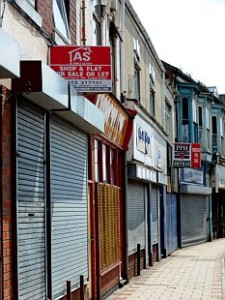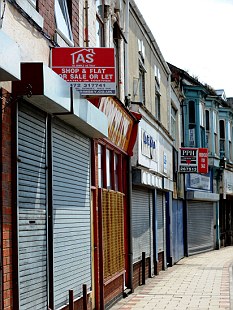 As several leading high street brands collapse, unsecured creditors are being forced to deal with unpaid debts worth over £2 billion. Several major brands have entered administration over the past few months, including Blockbuster and HMV, forcing a large number of landlords and suppliers into a difficult financial position.
As several leading high street brands collapse, unsecured creditors are being forced to deal with unpaid debts worth over £2 billion. Several major brands have entered administration over the past few months, including Blockbuster and HMV, forcing a large number of landlords and suppliers into a difficult financial position.
Financial research group Company Watch recently announced that £499 million in total assets was recovered from 2012’s biggest retail collapses. The recovered funds were distributed between banks and other lenders, which received £365 million of the assets, and just £14 million going to unsecured creditors such as customers.
The small amount awarded to unsecured creditors is hardly atypical. In the same cases, over £33 million was paid out to administrators. The ratio is fairly typical of large insolvency cases, in which administrators and accountancy groups earn a far greater share of company assets that the often thousands of unsecured creditors.
Large-scale retail collapses are taking their toll on contractors and landlords, many of whom have had to deal with months of unpaid fees as leading retail brands enter administration. Despite being required to distribute recovered funds equitably, an increasing number of administrators are charging excessive fees to their clients.
This changes the order of asset distribution, with administrators often slotting into second place after secured creditors. Unsecured creditors typically end up towards the back of the distribution chain, with a large number of contractors and landlords receiving little compensation in the event that a large client defaults.
Industry insiders have commented that banks are the biggest winners in the large-scale retail downturn that’s currently occurring. As bank loans are secured debt, it’s rare for financial institutions to not be compensated in the event that a retail client enters administration.





